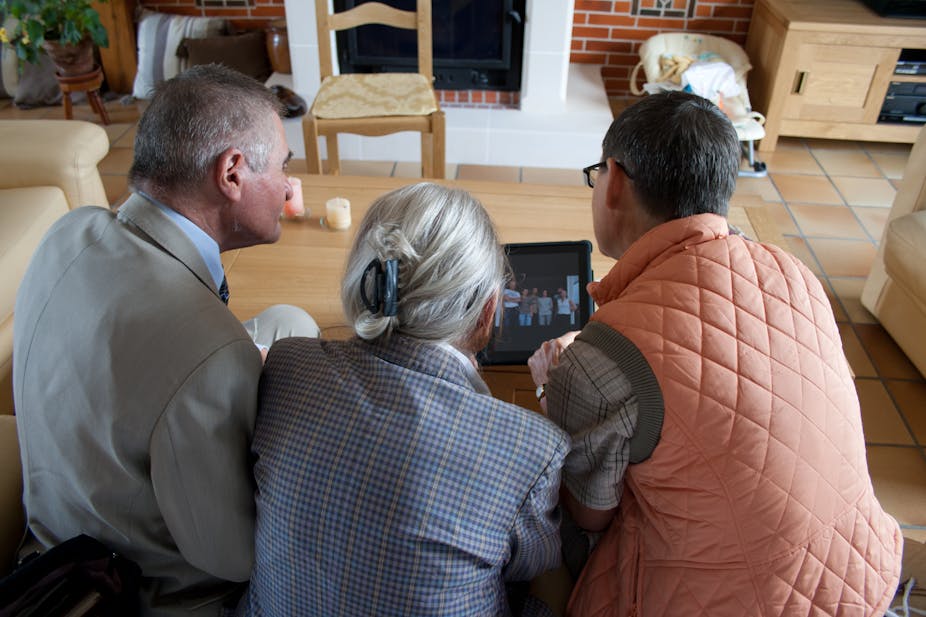Britons have been warned that they must save six times more for their pension or face poverty. The message is that it’s time to embrace deferred gratification and start saving. The average pension pot is just £36,800. This would translate to a retirement income of a miserable £1,340 a year. And many people don’t even have this much saved.
The problem of low levels of saving is further aggravated when you think about the extra costs that come with old age. Medical costs tend to increase exponentially as we get older and if, or when, we lose mobility and physical independence, social care costs would go through the roof, too.
Some of these costs are currently covered by the state in the UK. The NHS handles healthcare and local authorities contribute to social care. However, as the proportion of older people continues to grow, health and social care costs look set to become increasingly unaffordable for the state.
For more than a century, our life expectancy has been rising steadily; and there have been talks of the so-called 29-hour day: for every extra day someone manages to survive, their life expectancy increases by a further five hours. The state will find it increasingly difficult to fulfil its statutory obligations to these people, let alone improve the quality of their health and social care. The unfunded liability to care for the old is becoming prohibitively high.
Increasing general taxation to cover the shortfall is one possible solution, but room for manoeuvre here is limited and it might hurt economic growth in the long term. That means other measures need to be deployed to address the looming ageing crisis.
Over the past three years, I have been working with the publicly funded Assisted Living Innovation Platform to investigate digital innovations that might play a part in easing the burden of an ageing population.
This Sustainable Business Models for Assisted Living Technologies and Services, or SALT, project has found that the market for assisted living technology is currently much smaller than it had been expected to be and the state dominates the market. Patients are missing out and so are the businesses that could capitalise on a growing need.
Digital technologies have the potential to improve the efficiency of health and social care systems in their current state. The use of IT systems in health and social care has not had a great track record in the UK but we shouldn’t abandon them, as they do have great potential. It will be important to make sure that we don’t end up improving one area at the expense of others. For example, we could produce new technologies that enable doctors to release patients from hospital early, but that might significantly increase social care costs. So we need to look at the system as a whole.
Business opportunities
But we also need to recognise that the ageing crisis cannot be resolved even by significant improvements to the existing health and social care systems alone. So it is important to explore new opportunities for market development outside the existing provisions.
As an example, it is possible for an older person with early-stage dementia to live safely and independently if they have a wireless tracking device that will notify someone if they get lost. This in turn reduces social care costs and providing new revenues for the organisation providing the tracking and monitoring service. The rapid development of digital technologies and services opens up numerous similar opportunities, which could generate new resources for health and social care, improve the independence and quality of lives for old people, and create new economic growth opportunities.
Thinking ahead
Of course, before these economic and health benefits can be realised, we need to think about the potential problems that might arise as we introduce them into the health and social care systems. We have to be sure that people will be willing to pay for these technologies and think about the potential impacts of different policy interventions.
One significant problem that has arisen with the current state provision of assisted living technologies and services is that a large proportion of such technologies are not used to their full potential. So any shift towards even wider use of such technologies needs to include research into why this is and how older users can be helped to make assisted living technologies a part of their lives.
While we celebrate the significant achievement in steadily increasing life expectancy, we need to be fully prepared for the problems associated with the ageing society. The pension crisis, as catastrophic as it might sound, is only a small part of the problem. Our existing institutional setup is simply not capable of coping with the growing demands of an ageing population. Using digital technological innovations might not provide the total solution, but it is one effective way to alleviate the pressure. It’s a potential win for the patients and their carers and families involved, and it will also open up lucrative new opportunities for businesses across the country.

